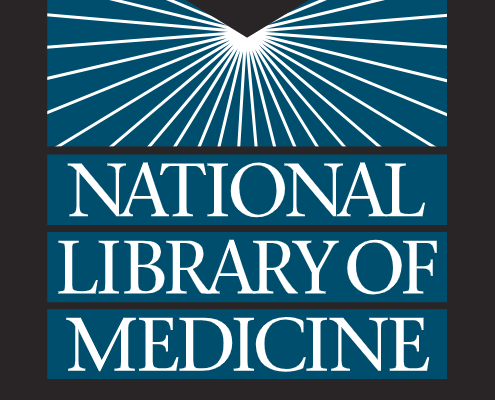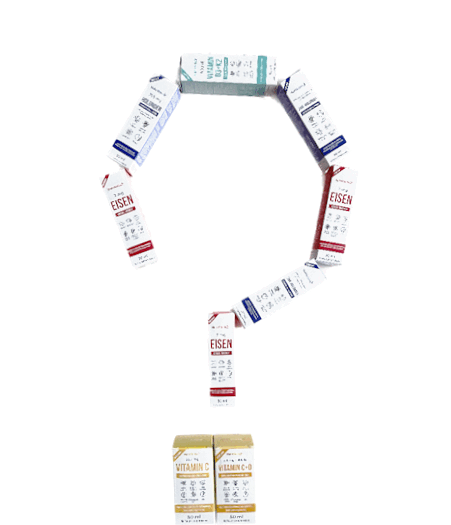Iron is an essential trace element for most forms of life, from bacteria to mammals. Its importance lies in its ability to mediate electron transfer.
Iron, while being among the body’s most abundant minerals, paradoxically represents the most prevalent global nutritional deficiency — Iron Deficiency Anemia (IDA). IDA, characterized by extreme fatigue and dizziness, significantly impairs both quality of life and overall performance. IDA affects all age groups, with children, women of reproductive age, and individuals undergoing medical interventions being particularly vulnerable.
The World Health Organization (WHO) estimates that, worldwide, 2 billion people are anemic (25% of the worldwide population) and twice as many are iron deficient. 29.9% of women aged 15-49 years suffered from anaemia in 2019. The principal causes of iron deficiency encompass insufficient dietary intake, blood loss, malabsorption, pregnancy, infections, inflammation, and gastrointestinal disorders.
The most common IDA treatment is oral iron supplementation, which has been associated with gastrointestinal (GI) side effects such as constipation and bloating. These issues can lead to poor treatment adherence and the persistence of IDA symptoms.
Both iron deficiency and iron overload can cause oxidative stress. Iron’s dual ability to donate and accept electrons means that it can catalyze the conversion of hydrogen peroxide into free radicals. Free radicals can cause damage to a wide variety of cellular structures, and ultimately kill the cell.
NutriStella Iron Oral Spray is a delicious, long-lasting apple-flavored iron formula designed to support overall health and vitality while aiding in the reduction of tiredness and fatigue. Enriched with Vitamin B12 and B6, it synergistically supports blood function.NutriStella Iron Spray: Stomach and gut friendly, vegan, lactose, gluten, and GMO-free. Great taste, tooth-friendly (sugar-free), long-lasting, superior bioavailability and absorption. The air-free bottle protects the contents from the growth of microorganisms and ensures a longer shelf life of the product. Not tested on animals.













